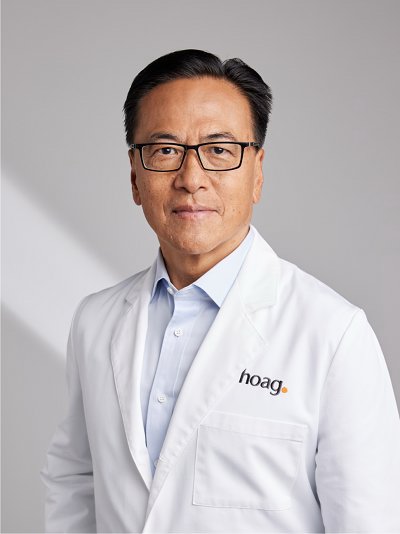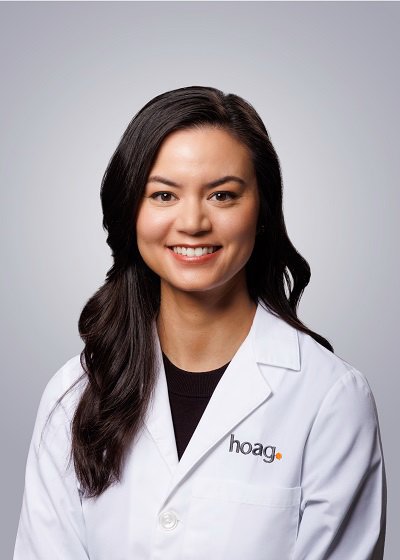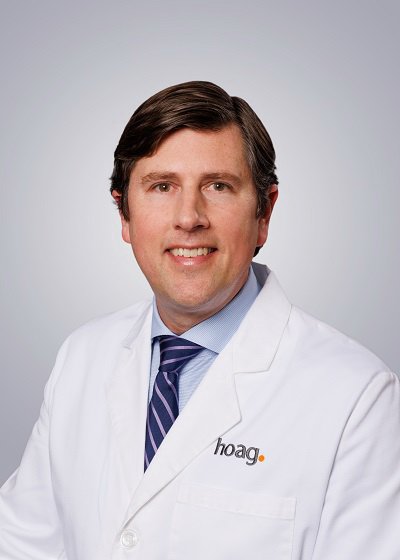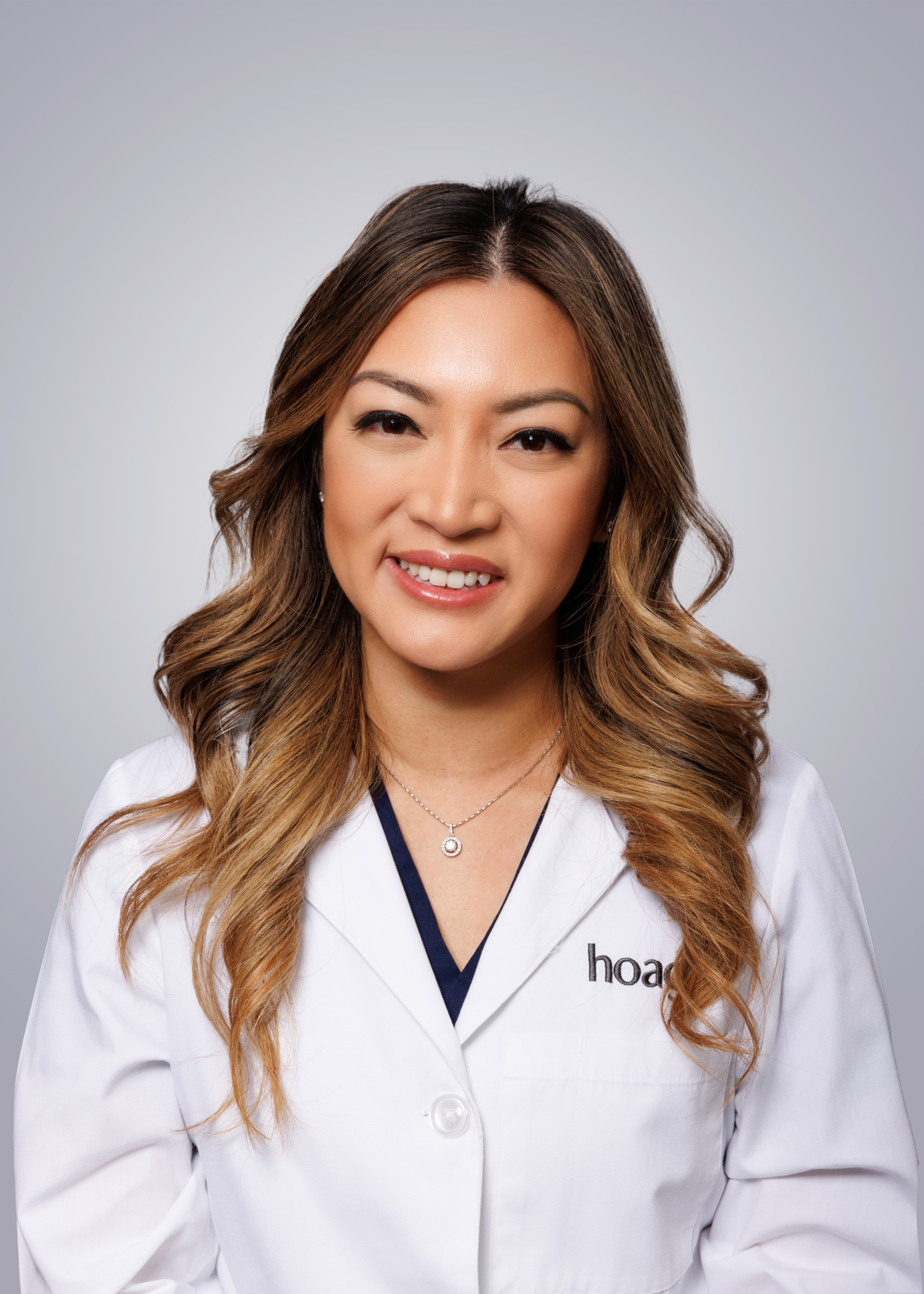- About
- Procedures & Treatments
- Meet the Team
Advanced endoscopy at Hoag offers several advantages over traditional endoscopy techniques. These benefits make it a valuable tool in diagnosing and treating various digestive health conditions.

Mind and Body Connection
Enhanced Visualization

Minimally Invasive Benefits
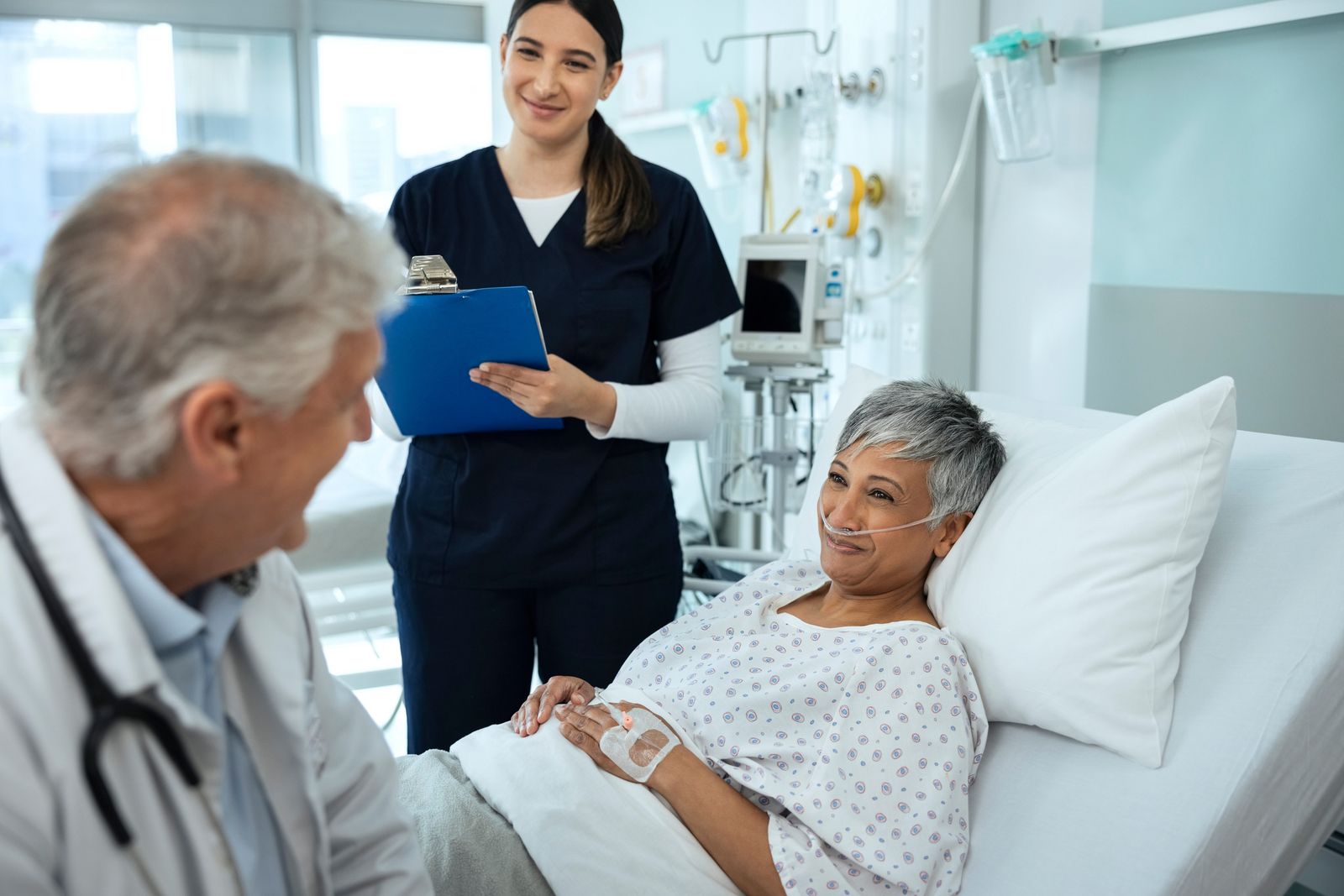
Targeted Treatments Customized to Patient Needs

Better Patient Experience/Decreased Pain & Discomfort

